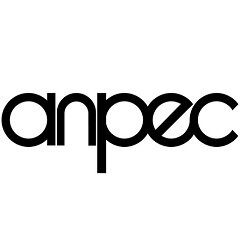Enunciados de questões e informações de concursos
Based on your interpretation of the text you are about to read, determine whether each statement is right or wrong.
Part III
“The Swedish Investment Funds System” in Macroeconomics, by N.G. Mankiw, P.449. Worth Publisher, 1992
Tax incentives for investment are one-tool policymakers can use to control aggregate demand. For example, an increase in the investment tax credit reduces the cost of capital, shifts the investment function outward, and raises aggregate demand. Similarly, a reduction in the tax credit reduces aggregate demand by making investment more costly.
From the mid-1950s to the mid-1970s, the government of Sweden attempted to control aggregate demand by encouraging or discouraging investment. A system called the investment fund subsidized investment, much like an investment tax credit, during periods of recession. When government officials decided that economic growth had slowed, they authorized a temporary investment subsidy. When the officials concluded that the economy had recovered sufficiently, they revoked the subsidy. Eventually, however, Sweden abandoned the use of temporary investment subsidies to control the business cycle, and the subsidy became a permanent feature of Swedish tax policy.
Should investment subsidies be used to combat economic fluctuations? Some economists believe that, for the two decades it was in effect, the Swedish policy reduced the magnitude of the business cycle. Others believe that this policy can have unintended and perverse effects: for example, if the economy begins to slow down, firms may anticipate a future subsidy and delay investment, making the slowdown worse. Thus, the implications of this policy are complex, which makes its effect on economic performance hard to evaluate.
Item 0 - The general message of the three texts you just read is that any economic policy has limited effect over the business cycle.
-
Errado
Outras questões do mesmo concurso: ANPEC / ExSN (ANPEC) / 1997


